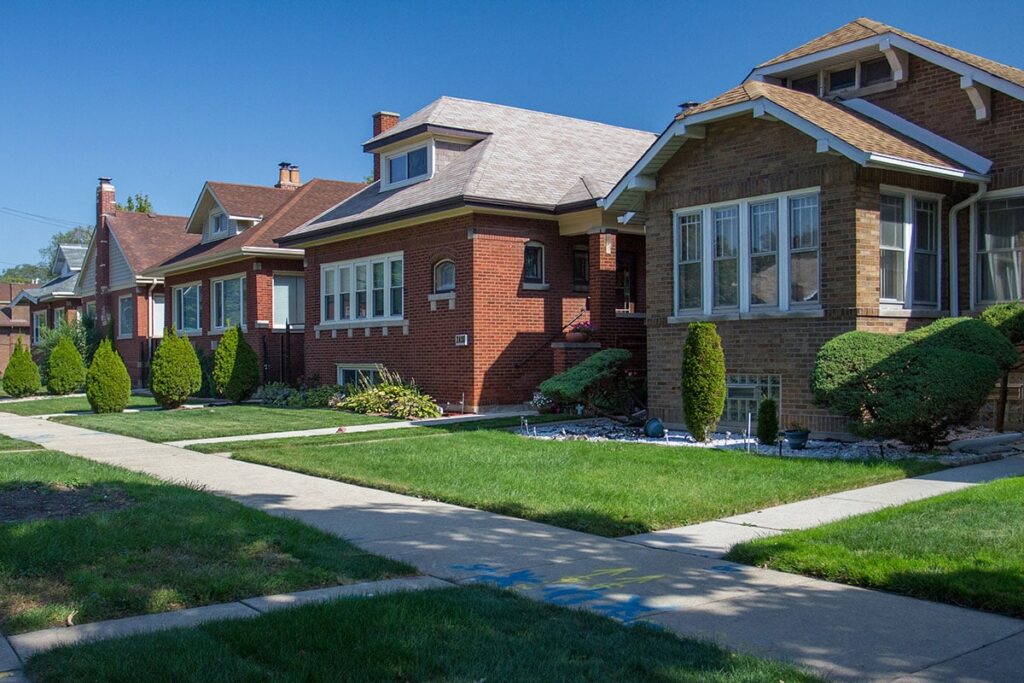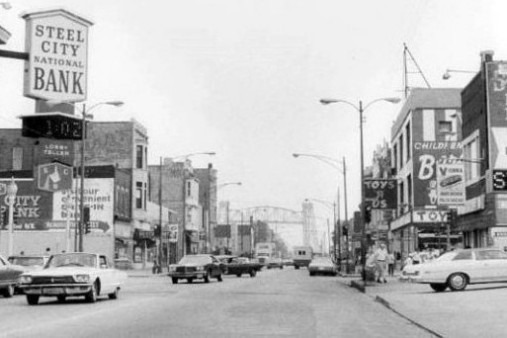South Chicago: A Vibrant Multicultural Neighborhood
Located at the mouth of the Calumet River, South Chicago has evolved from a rural settlement into a bustling, multicultural neighborhood. With a history rich in culture and industry, this historic Chicago neighborhood has shaped and been shaped by the people who call it home.
A Brief Overview of South Chicago
South Chicago, once known as Ainsworth, is one of the 77 community areas of Chicago, Illinois. This community, shaped like a chevron, is one of Chicago’s 16 lakefront neighborhoods near the southern rim of Lake Michigan, 10 miles south of downtown. A working-class neighborhood, it is bordered by East 79th Street on the north, South Chicago Avenue (the Chicago Skyway) on the southwest, and a small stretch of East 95th Street on the south.

Historical Roots
The roots of South Chicago date back to the scattered Native American settlements that inhabited the area before it became a village. This area was first occupied by a chief named Askhum, considered the ‘lord’ of the vast Callimink (Calumet) Valley and leader of the Pottawatomie people. They and other Native peoples used South Chicago and the shallow Calumet River area as portages, for seasonal settlements, hunting, and fishing thousands of years before White settlers arrived.
The post-Civil War era brought great industrial innovation to the area. Developer James H. Bowen, also known as the “Father of South Chicago,” and others, in a massive land grab, wrested the land from its former existence and founded the communities of Ainsworth, South Shore, and others.
The Boom of Industry
Following the Great Fire of 1871, industry migrated south from Chicago proper. The Brown Iron and Steel Company opened its doors on the Calumet in 1875, followed by the South Works of North Chicago Rolling Mill Company in 1880. The neighborhood was annexed to Chicago in 1889, at which time half of the area’s residents had been born outside the country.
By 1901, the U.S. Steel Corporation acquired South Works, drawing immigrants from Ireland, Eastern Europe, Scandinavia, and Italy. The steel mill became U.S. Steel South Works in 1901, continuing to attract immigrants from around the globe. At its zenith, South Chicago helped make the Chicago metropolitan area the leading producer of steel products in the nation.
Shifts in Demographics
The racial and ethnic composition of the neighborhood began to shift after World War II. By the 1980s, African Americans constituted almost half of the population, and Latinos, many recent immigrants from Mexico, nearly 40 percent. Concurrently, South Works endured a prolonged shutdown of its facilities. Though the union attempted to restore the mill’s economic viability by agreeing to many concessions, USX, the successor to U.S. Steel, closed South Works in April 1992.
Current Life
While South Chicago has a sizable African American population, existing ethnic groups continue to have strong community ties in the area. Our Lady of Guadalupe is the oldest parish founded by Mexicans in the City of Chicago. Immaculate Conception and St. Michael’s are two churches built in the ‘Polish Cathedral style’ that have served South Chicago’s Polish residents for over 80 years.
Much of the business and shopping is done along Commercial Avenue. Restaurants offer a wide range of cuisine, from Nigerian to Italian. Despite the slow economy, more “Mom and Pop” stores flourish throughout South Chicago’s residential areas than in any other neighborhood.
Parks and Infrastructure
South Chicago is home to several public parks, including the historic triangular Bessemer Park, named after English inventor Henry Bessemer. The park was designed by the Olmsted Brothers of the renowned landscape architect Frederick Law Olmsted of New York City’s Central Park.
Transportation
The area is served by a number of Chicago Transit Authority bus routes, services which enable commuters to make relatively easy connections to downtown and other Chicago neighborhoods. The neighborhood is also home to four newly rebuilt Metra Electric Line, South Chicago Branch stations.
Education
Chicago Public Schools operates public schools. The Roman Catholic Archdiocese of Chicago operates Catholic Schools. The first Catholic parish established in South Chicago was St. Patrick, which was founded by Irish Catholics.

Notable People
The neighborhood has been home to many notable people throughout its history. Candy Dawson Boyd, an activist and author, was raised in the area. Andrew Davis, a film director, producer, writer, and cinematographer known for films like Code of Silence, Above the Law, Under Siege, and The Fugitive, also hails from South Chicago.
Future Developments
As part of an effort to stimulate sustainable and equitable economic development in the neighborhood, the City of Chicago is sponsoring its redevelopment. The effort represents one of the largest sustainable neighborhood revitalization developments in the country and should serve as a guide to the city for sustainable redevelopment on the south side for the next 25 years.
From its humble beginnings as a rural settlement to its development into an industrial powerhouse and then into a vibrant, multicultural neighborhood, South Chicago has a rich history that continues to shape its future. With its diverse population, strong community ties, and significant plans for redevelopment, this vibrant area remains a vital part of the city’s landscape.


